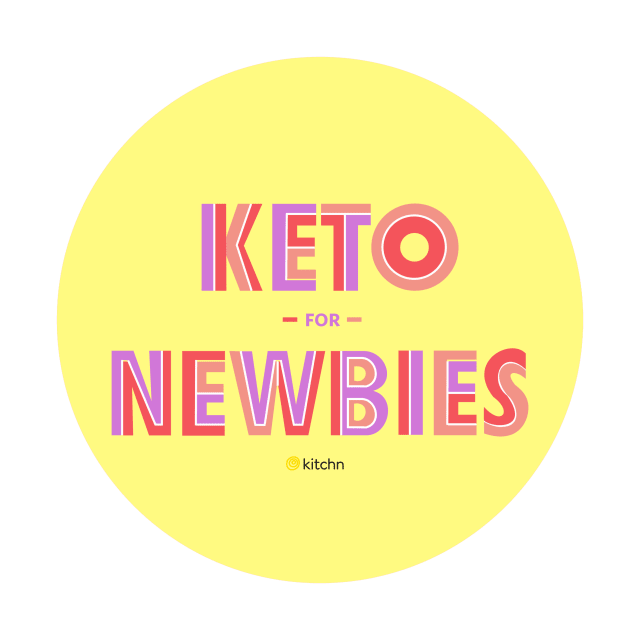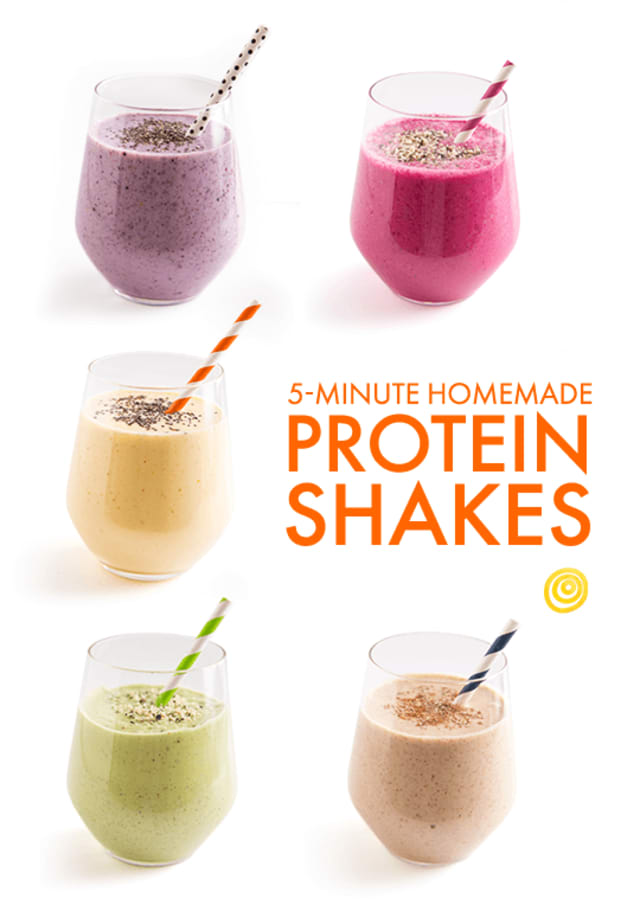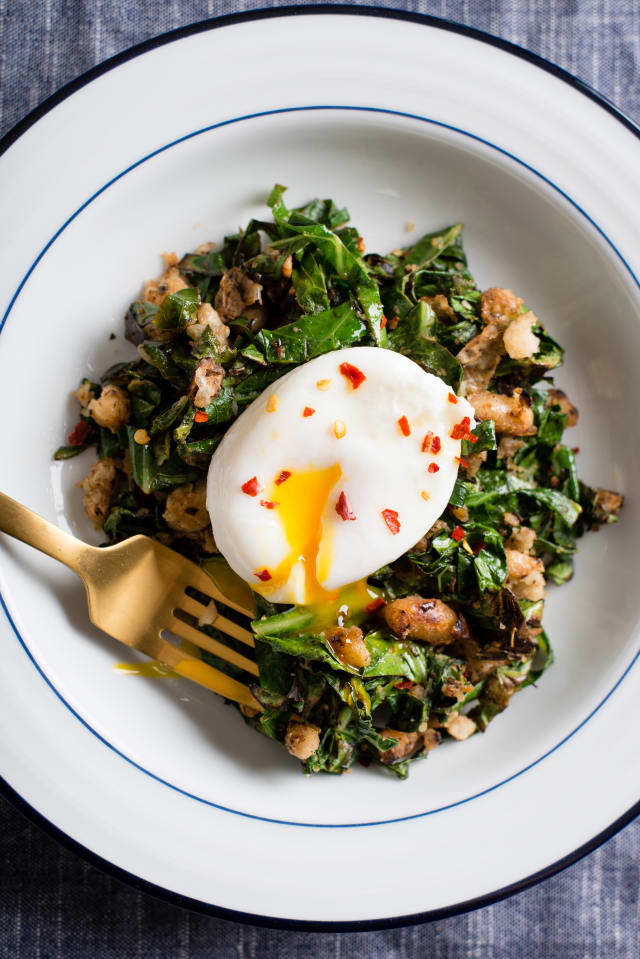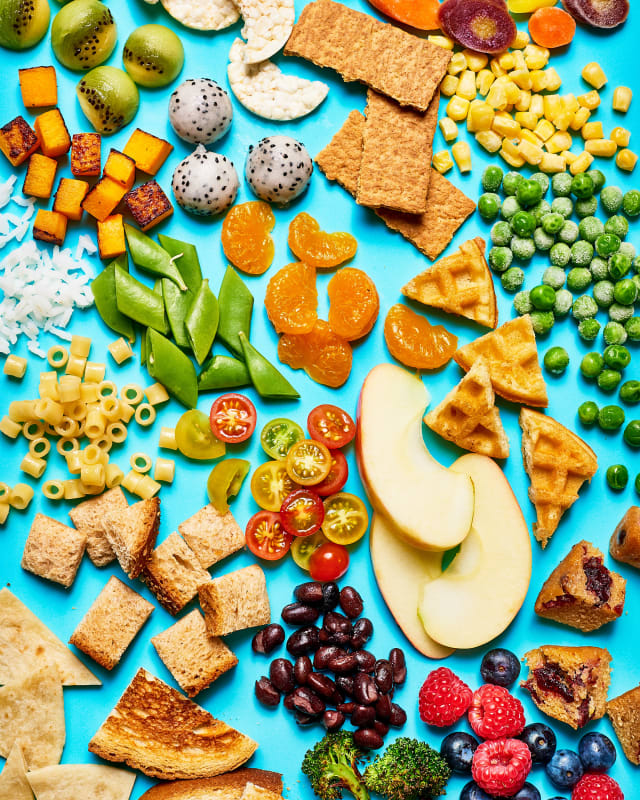This
post was originally published on
this sitehttp://www.marksdailyapple.com/
 For today’s edition of Dear Mark, I’m answering one eternal question: How do the Hadza tribespeople of Northern Tanzania eat so much honey and maintain their trim figures and pristine metabolic health? Are they eating keto whenever they’re not eating honey? Are they running hill sprints to burn through glycogen stores and improve their insulin sensitivity? Are they trading mongongo nuts for Metformin? Or is there something unique about honey that makes it different than sugar?
For today’s edition of Dear Mark, I’m answering one eternal question: How do the Hadza tribespeople of Northern Tanzania eat so much honey and maintain their trim figures and pristine metabolic health? Are they eating keto whenever they’re not eating honey? Are they running hill sprints to burn through glycogen stores and improve their insulin sensitivity? Are they trading mongongo nuts for Metformin? Or is there something unique about honey that makes it different than sugar?
But before I get to the question, it’s a brand new year.
This New Year promises to be bigger and better than ever. Change is in the air, and not just in my own life. Everyone I talk to—all my friends, colleagues, family members, and random acquaintances—seems to be entering a period of great change. Their professional lives, their relationships, their health, their mindsets are all shifting. And for the better. The way I see it is that change happens regardless of what you do. It’s a far better idea to take the reins and make the change work in your favor than let yourself be swept away by powers and fate unseen.
Happy New Year to everyone! I hope 2019 is your best yet, and I’d love to hear your visions for it.
Okay, on to the question:
What are your thoughts on honey as the sweetener for the mulled wine? Given how the Hadza draw so many of their carbs from honey (especially given the particular sugars and micronutrients that it contains), I’m surprised it doesn’t appear more often in these recipes that call for sweetening.
In case readers are unaware of the reference, the Hadza are one of the few remaining hunter-gatherer groups on this planet. They inhabit northern Tanzania, and their lives haven’t changed much at all. They’ve resisted ethnic admixture from other groups. They still hunt and gather for the vast majority of their calories. Their hunting and foraging grounds have been condensed due to pressure from the state, and there are probably fewer game animals available, but they’re still in the same general area. According to their oral traditions, there’s even no indication that they came from somewhere else.
One of the more striking features of their diet is their utilization of honey.
Ask the average Hadza tribesperson what their favorite food is and “honey” will be the answer.
Catch the Hadza during the right month and they’ll get half their calories from honey. Averaged out across the year, they get 15% from honey.
They even use a bird called the honey guide to lead them to the choicest hives. After completing the harvest, they’ll burn or bury the remnants to keep their honey guide from getting too full for the next search.
The honey isn’t your store-bought, pristine golden syrup smelling faintly of HFCS. It’s straight up honeycomb, teeming with bees and larvae and pollen and the queenly secretions called royal jelly. In fact, studies tend to emphasize that the Hadza get 15-50% of their calories not from honey, but from “honey and bee larvae.”
Bee larvae, also known as bee brood, is packed with protein, vitamins, and minerals. It’s high in folate, B12, thiamine, pantothenic acid—pretty much all the B vitamins—and biotin, to name a few.
Whole hive eating also means eating the royal jelly, a potent, superconcentrated secretion used to feed larvae and queens. Think of it as colostrum, the potent milk mammals provide for their infants in the first few days of life. Royal jelly has shown potential activity (in humans, no less) against allergic rhinitis, reduced the toxicity of cancer drugs in patients, lowered cholesterol in adults with high cholesterol (and women), and improved glycemic control and oxidative stress in diabetics.
How about the honey itself? I’ve written about honey as a sweetener and explored how its metabolic effects differ from plain white sugar. Suffice it to say, the evidence is clear that honey isn’t just sugar. Honey contains sugar—a lot of sugar—but it’s much more than that.
A set of studies in humans compared the effects of honey, sham-honey (a mix of fructose and glucose), dextrose (which is just glucose), and sucrose on several health markers. Honey resulted in smaller blood glucose spikes (+14%) than dextrose (+53%). Sham honey increased triglycerides, while real honey lowered them along with boosting HDL and lowering LDL. After fifteen days of honey feeding, CRP and LDL dropped. Overall, honey improved blood lipids, lowered inflammatory markers, and had minimal effect on blood glucose levels, despite being similarly high in fructose in particular and sugar in general.
So, in some respects, the honey the Hadza eat like crazy isn’t the honey that most of us can easily obtain in stores or even farmer’s markets. Yet even standard honey is different from—and better than—white sugar.
This is a roundabout way of saying that a little honey will be just fine in your mulled wine. Extra points if you can throw some bee larvae and royal jelly in there, with maybe even a dash of Hadza fecal bacteria.
Of course, don’t eat 15% honey diets. You are not Hadza. You are not living like the Hadza. You don’t have the precise genetic makeup of the Hadza. It won’t work as well for the average Westerner reading blogs.
Do you eat honey? How do the metabolic effects compare to sugar in your experience?
That’s it for today, folks. Thanks for reading, and be sure to tell me your thoughts and New Year intentions down below.
Want to make fat loss easier?
Try the Definitive Guide for Troubleshooting Weight Loss for free here.
References:
Shaha A, Mizuguchi H, Kitamura Y, et al. Effect of Royal Jelly and Brazilian Green Propolis on the Signaling for Histamine H Receptor and Interleukin-9 Gene Expressions Responsible for the Pathogenesis of the Allergic Rhinitis. Biol Pharm Bull. 2018;41(9):1440-1447.
Osama H, Abdullah A, Gamal B, et al. Effect of Honey and Royal Jelly against Cisplatin-Induced Nephrotoxicity in Patients with Cancer. J Am Coll Nutr. 2017;36(5):342-346.
Chiu HF, Chen BK, Lu YY, et al. Hypocholesterolemic efficacy of royal jelly in healthy mild hypercholesterolemic adults. Pharm Biol. 2017;55(1):497-502.
Lambrinoudaki I, Augoulea A, Rizos D, et al. Greek-origin royal jelly improves the lipid profile of postmenopausal women. Gynecol Endocrinol. 2016;32(10):835-839.
Pourmoradian S, Mahdavi R, Mobasseri M, Faramarzi E, Mobasseri M. Effects of royal jelly supplementation on glycemic control and oxidative stress factors in type 2 diabetic female: a randomized clinical trial. Chin J Integr Med. 2014;20(5):347-52.
Al-waili NS. Natural honey lowers plasma glucose, C-reactive protein, homocysteine, and blood lipids in healthy, diabetic, and hyperlipidemic subjects: comparison with dextrose and sucrose. J Med Food. 2004;7(1):100-7.
The post Dear Mark: How Do the Hadza Eat So Much Honey? and Happy New Year! appeared first on Mark’s Daily Apple.












 For today’s edition of
For today’s edition of  For now classes are 6pm and 640pm at 2840 Wildwood st in the Boise Cloggers studio.
Book your class NOW!
click this ==>
For now classes are 6pm and 640pm at 2840 Wildwood st in the Boise Cloggers studio.
Book your class NOW!
click this ==>








